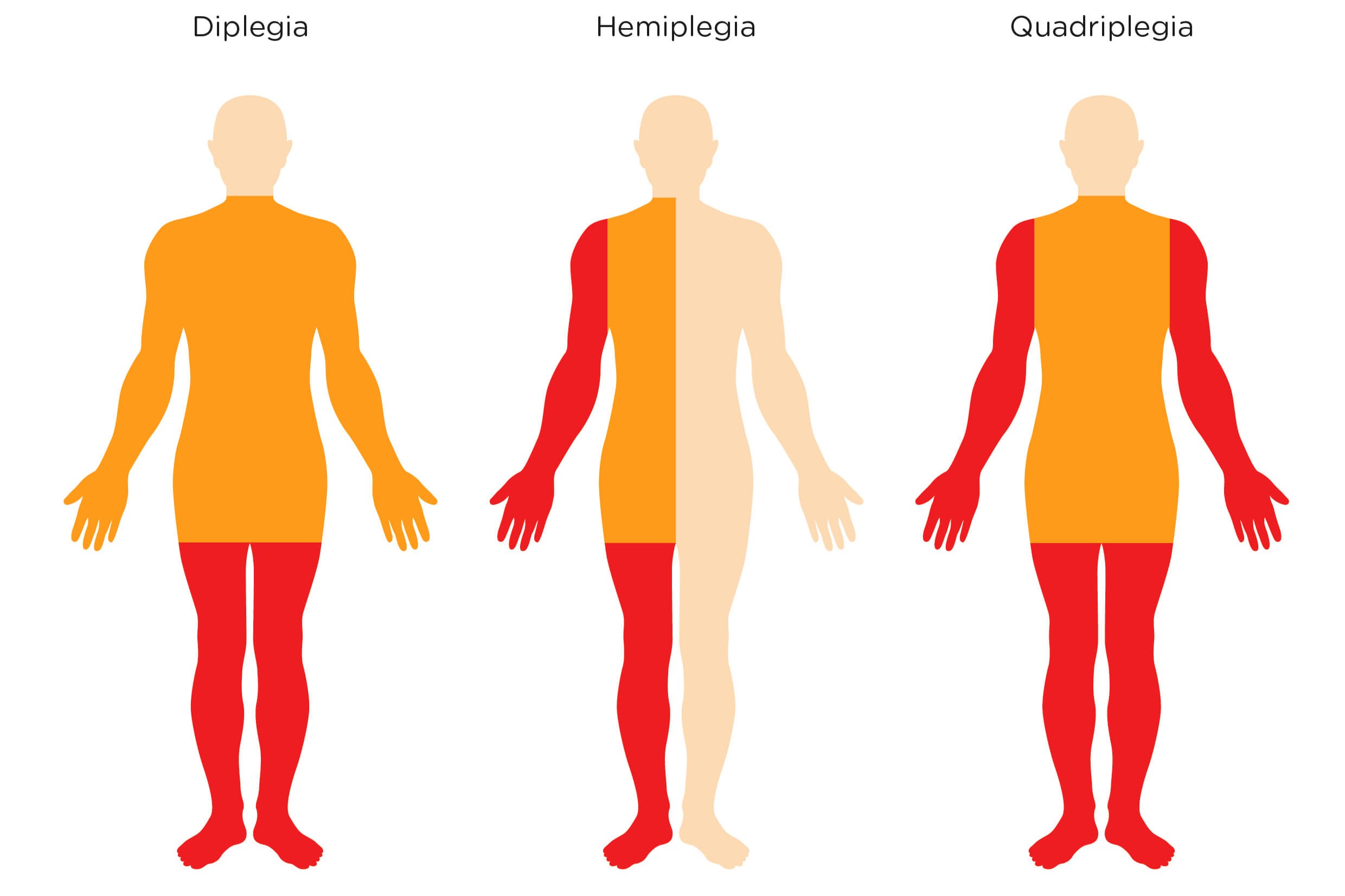
What is diplegia? Diplegia is a type of cerebral palsy that primarily affects symmetrical parts of the body, usually the legs. This condition results from brain damage before, during, or shortly after birth. How does it impact daily life? People with diplegia often experience muscle stiffness, difficulty walking, and challenges with balance. Can it be managed? Yes, with physical therapy, medications, and sometimes surgery, individuals can improve mobility and quality of life. Why is it important to understand diplegia? Awareness helps in early diagnosis and better support for those affected. Ready to learn more? Let's dive into 25 interesting facts about diplegia!
What is Diplegia?
Diplegia is a type of cerebral palsy that primarily affects muscle control and coordination in the legs. Understanding this condition can help those affected and their families manage it better. Here are some interesting facts about diplegia.
-
Diplegia vs. Other Types of Cerebral Palsy: Unlike quadriplegia, which affects all four limbs, diplegia mainly impacts the legs. The arms might be affected, but usually to a lesser extent.
-
Causes of Diplegia: Often results from brain damage before, during, or shortly after birth. Premature birth and low birth weight are significant risk factors.
-
Symptoms: Common symptoms include muscle stiffness, spasms, and difficulty with motor skills. Walking can be challenging, often requiring braces or walkers.
-
Diagnosis: Diagnosed through a combination of physical exams, medical history, and imaging tests like MRIs or CT scans.
-
Treatment Options: Physical therapy, occupational therapy, and sometimes surgery can help manage symptoms. Medications may also be prescribed to reduce muscle stiffness.
Impact on Daily Life
Living with diplegia presents unique challenges. Here are some facts about how it affects daily activities.
-
Mobility Issues: Many individuals with diplegia use wheelchairs or other mobility aids to get around.
-
Independence: With the right support and adaptations, many people with diplegia lead independent lives.
-
Education: Special education services and individualized education plans (IEPs) can help children with diplegia succeed in school.
-
Employment: Adults with diplegia can work in various fields, though they may need workplace accommodations.
-
Social Life: Social interactions can be affected, but many people with diplegia build strong, supportive networks.
Medical and Therapeutic Interventions
Medical and therapeutic interventions play a crucial role in managing diplegia. Here are some key facts.
-
Physical Therapy: Regular physical therapy helps improve muscle strength and coordination.
-
Occupational Therapy: Focuses on improving daily living skills, such as dressing and eating.
-
Speech Therapy: Some individuals may need speech therapy if their condition affects facial muscles.
-
Surgical Options: In severe cases, surgery might be necessary to correct bone or muscle abnormalities.
-
Assistive Devices: Braces, walkers, and wheelchairs are common assistive devices used to enhance mobility.
Technological Advances
Technology has significantly improved the quality of life for those with diplegia. Here are some advancements.
-
Robotic Exoskeletons: These devices help individuals with diplegia walk more easily.
-
Adaptive Software: Specialized software can assist with communication and learning.
-
Smart Home Technology: Voice-activated systems and automated devices make daily tasks easier.
-
Virtual Reality: Used in physical therapy to create engaging, effective exercise routines.
-
Wearable Sensors: Monitor muscle activity and help tailor therapy programs.
Support Systems
Support systems are vital for individuals with diplegia and their families. Here are some facts about available support.
-
Support Groups: Many communities offer support groups for people with cerebral palsy and their families.
-
Online Communities: Social media and forums provide platforms for sharing experiences and advice.
-
Financial Assistance: Various programs offer financial aid for medical treatments and assistive devices.
-
Educational Resources: Numerous organizations provide information and resources about diplegia.
-
Advocacy: Advocacy groups work to improve accessibility and rights for individuals with disabilities.
Understanding Diplegia Better
Diplegia, a type of cerebral palsy, affects muscle control and coordination, usually in the legs. Knowing the facts can help in managing and supporting those with this condition. Early diagnosis and intervention make a big difference. Physical therapy, occupational therapy, and sometimes surgery can improve mobility and quality of life. Assistive devices like braces or wheelchairs also play a crucial role.
Support networks, both online and offline, provide valuable resources and emotional backing. Awareness and education about diplegia can foster a more inclusive society. Remember, each person’s experience with diplegia is unique. Tailored care plans are essential for addressing individual needs.
By staying informed, advocating for accessibility, and promoting understanding, we can make a positive impact on the lives of those with diplegia. Let’s continue to learn and support each other in this journey.
Was this page helpful?
Our commitment to delivering trustworthy and engaging content is at the heart of what we do. Each fact on our site is contributed by real users like you, bringing a wealth of diverse insights and information. To ensure the highest standards of accuracy and reliability, our dedicated editors meticulously review each submission. This process guarantees that the facts we share are not only fascinating but also credible. Trust in our commitment to quality and authenticity as you explore and learn with us.
